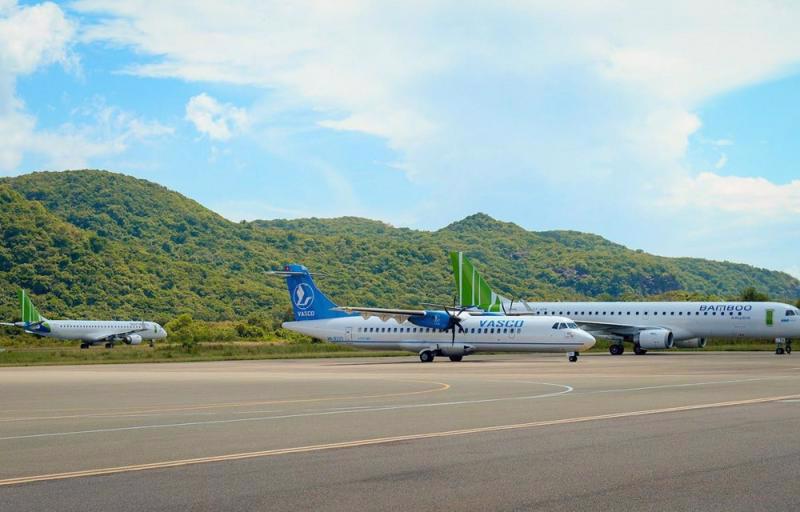Demand for local airports is an actual need and the situation has moved on from the previous “race” where every locality sought an airport, experts told the “Small airports for the local economy to take-off” roundtable held in Hanoi on October 11.
The benefits of airports are not limited to airport efficiency, which is about profit and loss, and includes indirect benefits such as tourism development, logistics, urban areas, and job creation, according to Mr. Phan Duc Hieu, Standing Member of the National Assembly Economic Committee.
The need to upgrade existing airports and invest in new airports is becoming a pressing need in Vietnam. The International Air Transport Association (IATA) has forecast that, by 2035, Vietnam’s aviation sector will cater to up to 136 million passengers, or double the expected number in 2022 of 70-80 million.
Therefore, according to Mr. Nguyen Van Vinh, Deputy Director of the Vietnam Institute for Development Strategies at the Ministry of Planning and Investment, the development of new small airports is necessary, especially in the context of Vietnam’s airport network remaining smaller than in many countries in the region and the world. Vietnam has an open economy, and demand for travel and trade is increasing, he added.
Mr. Michel Werson, Chief Economist at Netherlands Airport Consultants (NACO), part of Royal HaskoningDHV in the Netherlands, suggested that the modern aviation model that Vietnam needs to take into account in planning its airport network should consist of three layers. The top layer is large central airports with an annual flow of more than 20 million passengers, which handle most traffic demand. The lowest tier is local airports, or Tier 3 airports, with less than 1 million passengers annually. And the middle layer, also known as the bridge layer, plays a role in connecting hub airports and local airports.
Mr. Hieu also noted that in order to avoid a situation of demand being wrongly forecast and disrupting planning, localities that are close to each other should consult early on so that complementary airports can develop together. It is also necessary to take into account the appearance of small battery-powered aircraft suitable for short flights and small airports.









 Google translate
Google translate